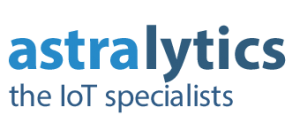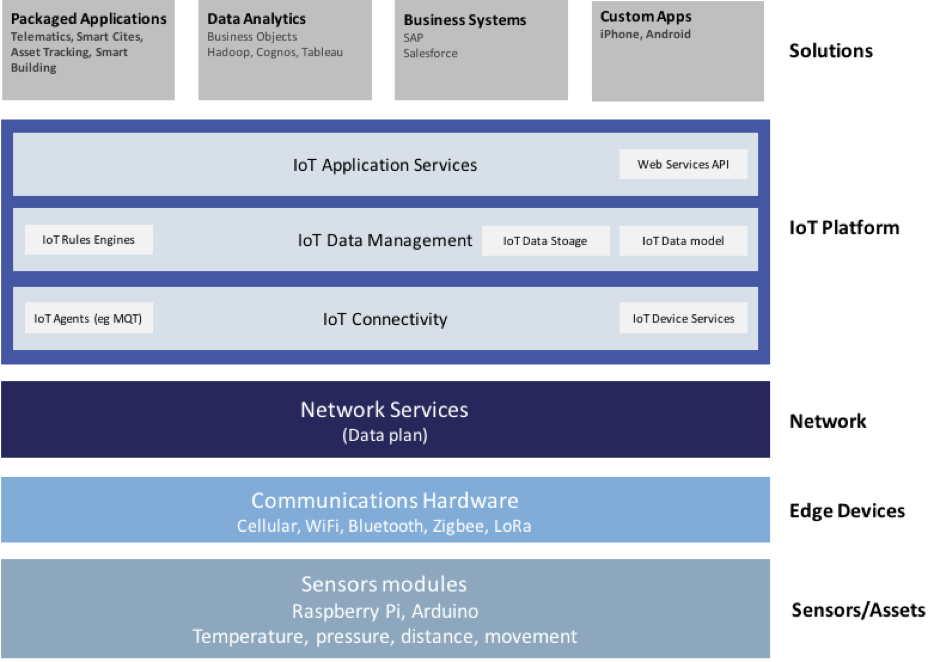There is no single consensus on architecture for IoT, which is agreed universally. Different architectures have been proposed by different researchers.
At Astralytics most of our projects follow the architecture below. The first architectural component of IoT is the sensor layer. It collects data using sensors, which are the most important drivers of the Internet of Things. There are many sensors now appearing for IoT applications such as GPS, temperature, movement, cameras, light sensor, microphone, proximity sensor, and magnetometers. These are being heavily used in different IoT applications.
The next architectural component is communication. IoT Sensors need to have a way to share information either between themselves or with a central hub. For medium range, wifi, bluetooth and Zigbee can be used, whereas longer range communications may use LoRa or the GPRS phone networks.
Once connected to a network, the IoT devices need to pass their data and this requires a communication protocol. A common protocol is MQT, which is a paired down version of the IBM MQ messaging protocol.
The next architecture component is the IoT Platform. The platform can be Cloud based using services provided by the likes of Google, Amazon and Microsoft or it may be an in-house developed solution. The IoT platform is responsible for processing data received from all the devices, apply data rules, and storing the data for Analysis.
The final component in the architecture is the Solutions Layer. This layer may leverage industry strength analytics tools such as Business Objects, Cognos or a custom application may be developed to meet specific requirements.


